I’ve always been drawn towards small towns with three-letter names because, although they might sound somewhat shit, they tend to be full of surprises. Lom, a Bulgarian town straddling the banks of the mighty Danube River, was one of them.
A Google search of Lom doesn’t yield much, aside from it being a town straddling the Danude that’s located near the hulking Kozloduy nuclear power plant, which was built according to the same Soviet-era plans as the infamous Chernobyl NPP.
Yep, on the surface, this is the kind of town an ill-informed westerner would imagine when they picture Eastern Europe without ever having visited. So, it was high time for me to venture into Lom and see what was going on inside.
I wasn’t sure what to expect from Lom, but it certainly wasn’t SS soldiers, sunken barges, and lost-looking Japanese people. Little did I know, it’s a beer-loving town with some fascinating, albeit often dark, history behind it, as you’ll soon find out.
Welcome, my friends, to Lom.
If These Waters Could Talk
As I do in any town or city straddling this mighty river, I always use the Danube as a navigational point. Lom was no exception. Now, the Danube holds some dark secrets, especially in Bulgaria.
Not only was the island of Belene on the river home to one of the country’s most notorious Gulags under communism, but it was also the deportation point for over 1,350 Bulgarian Jews in March 1943.
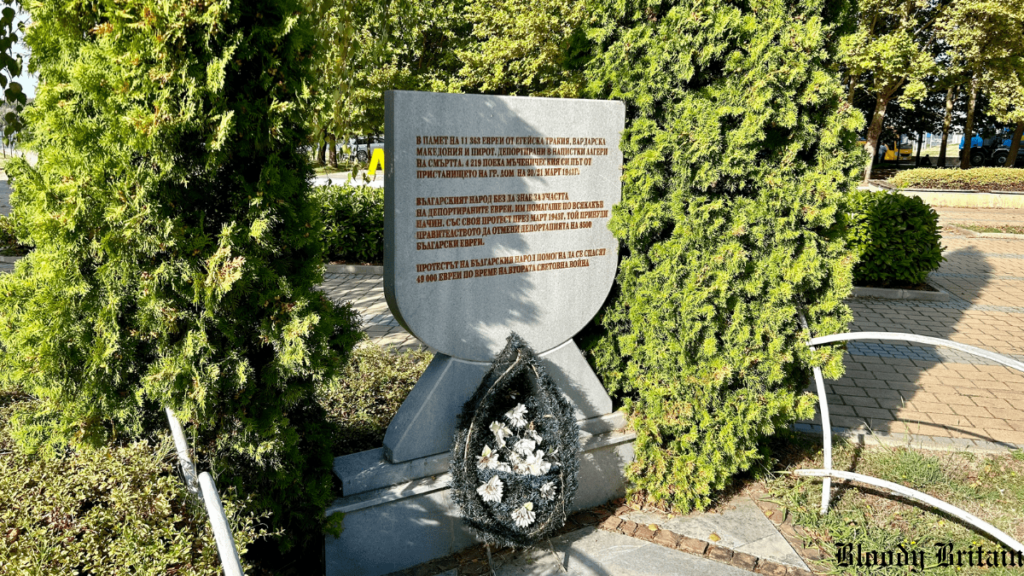
At the port of choice for the deportation? None other than Lom. Overseen by the Bulgarian occupation authorities, the Thracian Jews were loaded into three barges whose destination was Treblinka concentration camp in Poland.
On departure, though, one of the barges started to sink. Chained to another vessel behind it, both were dragged to the bottom of the icy waters of the Danube. The third vessel’s fate, albeit more drawn out, was no less grim.
These days, all that remains of that fateful day on the 4th of March 1943 is a Jewish menora monument in Lom’s River Park. The sunken vessels likely remain rotting under the Danube’s waters. While there is a recovered shipwreck further on, it’s not from that dark day in question.
The Barnacle-Encrusted Shlepovete Monument to the September Uprising of 1923
As a proud nation that ousted the Ottoman Turks after centuries of brutal repression, Bulgaria is no stranger to uprisings. One short but bloody one in particular, the September Uprising of 1923, left a lasting mark on the city of Lom.
While walking through the tranquil parks of the river park, you’re suddenly confronted by this hulking beast of a shipwreck that, used to transport Communist insurgents over the waters of the Danube, holds some dark history behind it.
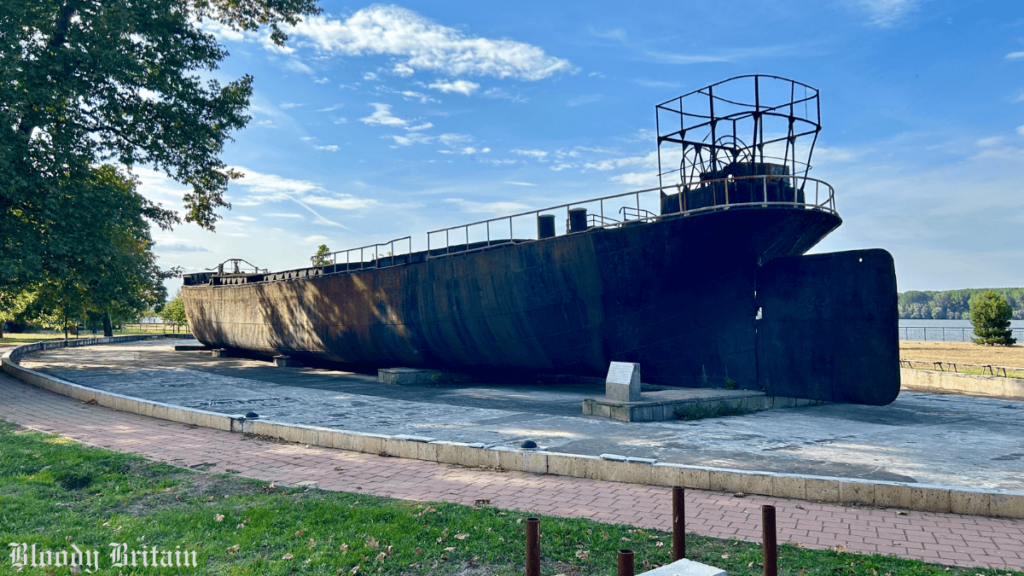
The ideology-driven and heavily armed men onboard this vessel were members of the early Bulgarian Communist Party (BCP). They had a mission to overthrow the government of Alexandar Tsankov, which itself had been carved out in a coup d’état a few months prior.
But their mission was never realized. Like two of the deportation vessels two decades later, the barge was sent to a watery grave before it reached Bulgarian soil. Nowadays, like a lot of Communist-era monuments dotted across the Bulgarian landscape, it gets mixed reactions.
From ”It makes no sense! This ship just takes up space!” to ”something for the kids to play on,” the hulking shipwreck gets mixed reactions in its online reviews as a lot of Communist-era monuments dotted across the Bulgarian landscape do nowadays.
Japanese Tourists as Curious as the Locals
Looking over the river barriers at the quintessential sight of middle-aged Bulgarian men yearning for the catch of the day, I was reminded that Japanese tourists really do get everywhere! Staring at the docile rod of a Bulgarian dude was a well-dressed man from the Far East whose travel companions lingered nearby.
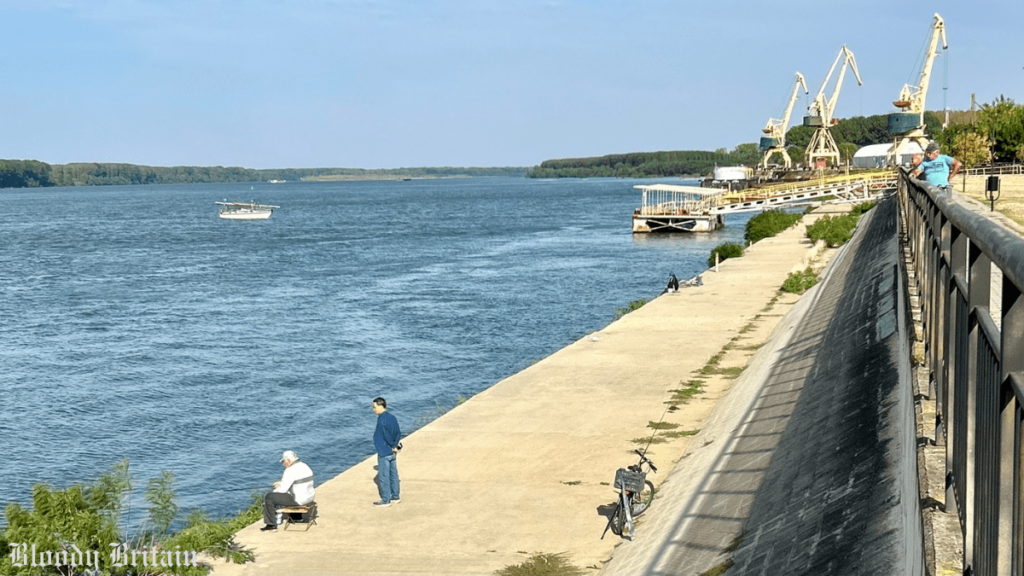
As he locked his gaze with the man in front of him, he was himself being stared at from behind by a small squad of retired Bulgarian men who were likely all wondering exactly what I was thinking, ”How the hell does a group of Japanese tourists end up in a town like Lom?”
And as I pushed deeper into Lom’s somewhat neglected main strip leading into the town’s central square, I was reminded that these Japanese folks were likely inspired to visit this place for the same reason I was, and that’s because there is always something quirky to uncover in this forgotten towns on the Danube.
DPRK-Style Monuments to Anti-Fascists and, Well, Fascists, too!
On my adventures through Bulgaria, I’ve become accustomed to the wealth of Communist-era monuments to the Partisan movement that raged in this country during the German occupation. The one in Lom, though, had something quite different.
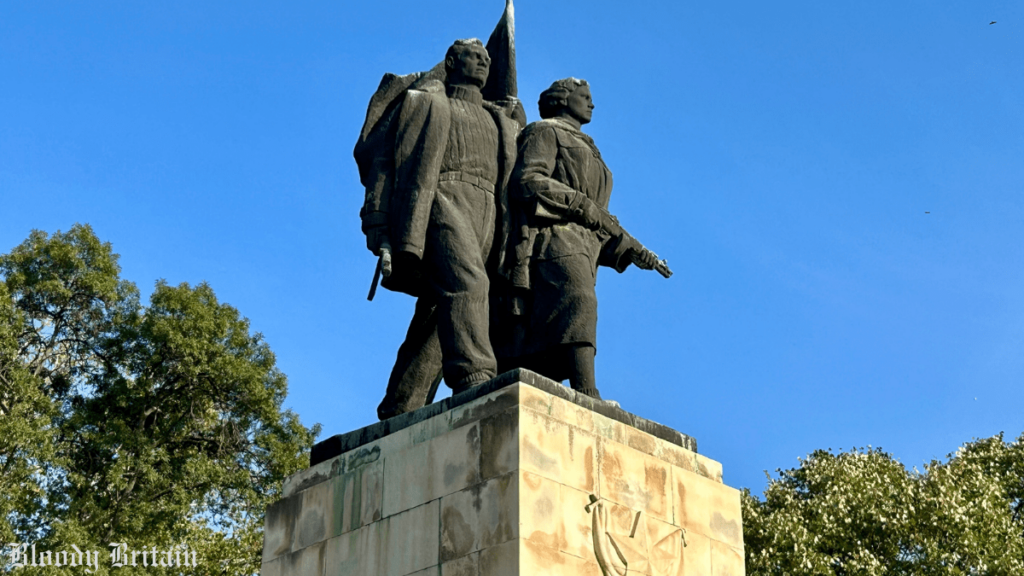
In the classic style, you’d expect to see in the streets of North Korea, the town square of Lom is dominated by an immersive stone and bronze monolith that bears a striking Soviet-style star to the front and a male and female Partisan marching towards you with captured weapons.
But it’s what clings to the side of the monument that blew me away the most. You’re greeted with a stone carving of ”liberating” Soviet troops unleashing a hail of bullets and grenades into squads of German soldiers. However, it’s the kind of monument that you don’t find elsewhere.
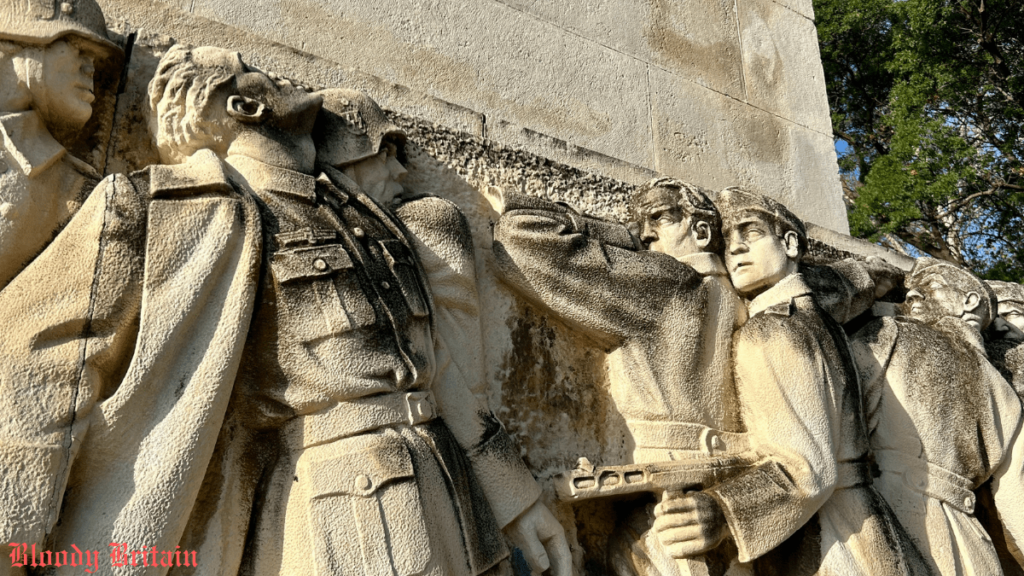
These German troops are part of the SS, and the original architect has spared no historical detail, with each one coming complete with the infamous SS runes on his helmet and the eagle and swastika on his breast.
Lom, a Town Where Not Much Has Changed, Aside From the Currency Exchanges
Sure, it took me the best part of an hour to check out all of the attractions that Lom had to offer. But this is no soulless metropolis but a classically quirky Bulgarian town on the banks of one of the world’s mightiest rivers.
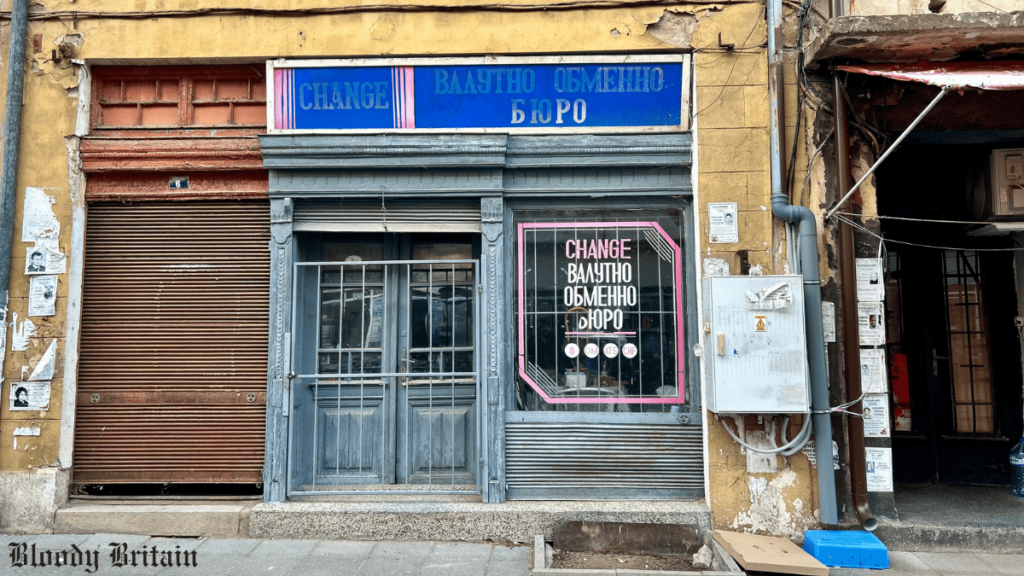
As I sipped on a locally brewed Lomsko at one of the city’s bars, I was struck by how little this town had changed in decades. The bulk of the attractions date back to the Cold War era, and the quirky currency exchange opposite the bar looked as though it hadn’t been updated since the early 1990s.
Almost next door to it, though, was a more modernized version with the tacky name of ”Cash Money” emblazoned across the front.
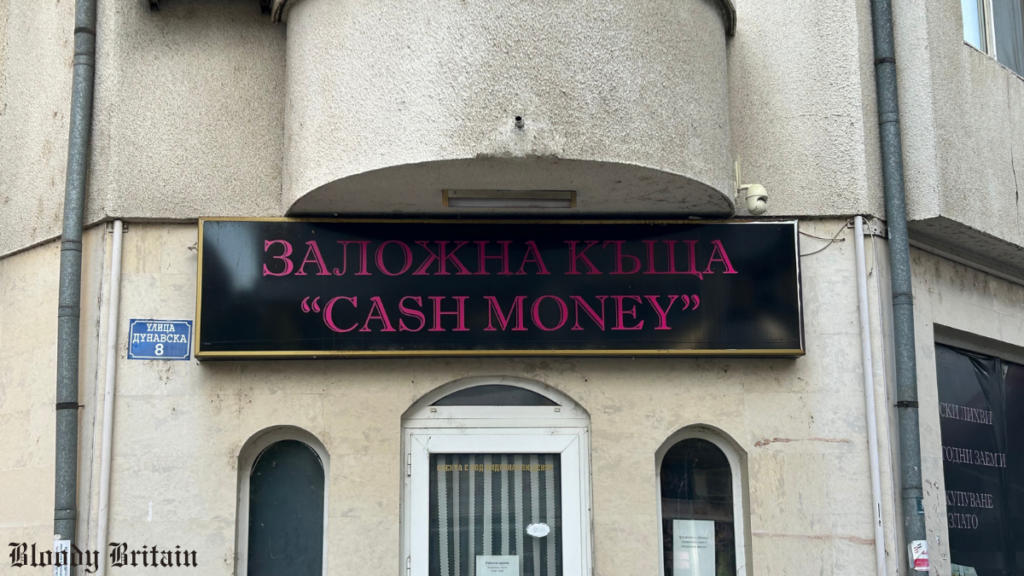
I know which one I’d rather go with!


